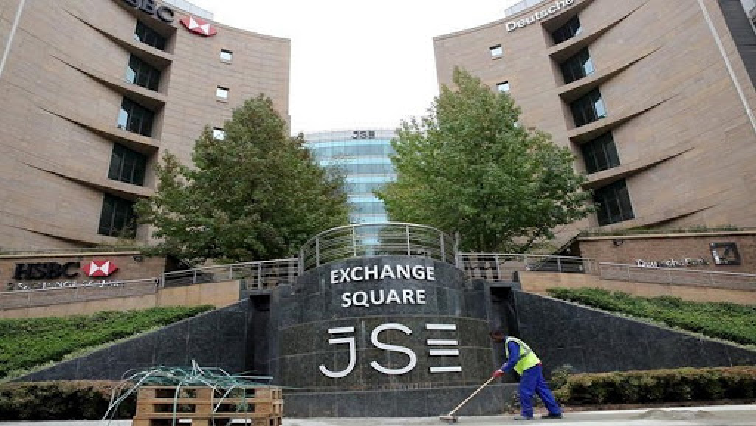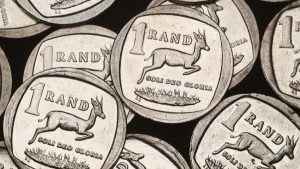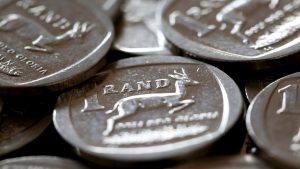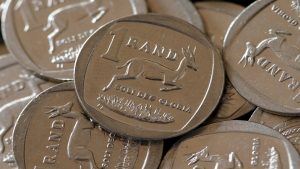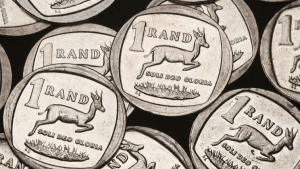The Johannesburg Stock Exchange (JSE) has expressed optimism that the markets will recover – once fears over the coronavirus pandemic subside.
This after the JSE’s all-share index crashed by more than 12% this week.
The stock exchange remains in the grip of panic selling amid fears over the worldwide spread of COVID-19.
Several investors are fleeing to the US dollar as a safe haven – with the rand plunging to around R17.40 to the greenback.
“We’ve seen R4 trillion vanish off the JSE since the beginning of the year. We were 17 trillion and now we have gone below 13 trillion, which is eye watering. It is unprecedented. We do see markets bouncing back and my hope is that post the corona crisis that we see the markets bouncing back. Markets do go up and down, they are driven by panic in many instances and this is a supreme example of panic and fear,” says JSE CEO Dr Leila Fourie.
Globally, there are some 220 000 confirmed cases of COVID-19 infections and nearly 9 000 deaths.
In the video below, Fourie says the JSE is committed to remaining open:
Rand weakens by 40 cents against the dollar
Meanwhile, the rand has weakened by 40 cents against the dollar in overnight trade after having broken through the R17 level following higher than expected consumer price inflation data for February of 4.6% year-on-year.
Expectations for a 50 basis points interest rate cut on Thursday is also putting pressure on the rand. This is reflected in the jump of the R186 government bond yield to 10.48, which points to an outflow of foreign currencies.
On top of this, the stronger dollar is adding pressure on the rand, with the dollar trading at $1 to 0.8 to the euro.
A stronger dollar usually weakens emerging markets currencies, such as the rand.
The rand is at R17.44 to the dollar in Asian midday trading.
In the video below, economist Iraj Abedian responds to the weakening rand:
South Africa’s CPI
South Africa’s Consumer Price index (CPI) rose slightly to 4.6% year-on-year in February compared to with 4. 5% in January.
According to figures released by Statistics South Africa annual medical aid fees increase as well as food and soft drinks inflation were the biggest drivers of a slight increase in prices.
However, with more fuel-price declines expected for April and possibly May, inflation is expected to remain within the Reserve Bank’s targeted mid-point range of 4.5% in the coming months.
“We have no idea what the long term impact would be of the coronavirus on the economy or inflation. What the February figure shows us is that inflation is well managed around 4.5% mark and we will have to see what transpires over the next months,” Stats SA’s Patrick Kelly says.
Below is an infographic on SA’s coronavirus cases:

Loading…
Retail sales increase
Retail sales have surprised on the upside in the first month of 2020.
The latest Stats SA data shows that retail trade sales increased by 1, 2% year-on-year in January 2020.
On a month-to-month basis, sales increased by 0,9% when compared with December.
In December, sales fell sharply by 3,1% monthly – partly due to the reversal of the 2,0% increase in November, fuelled by Black Friday effects.
However, analysts expect retail sales growth to come under pressure over the coming month as businesses respond to government measures to contain the spread of COVID-19.
In the video below, SABC’s Liabo Setho reports on retail sale figures:


